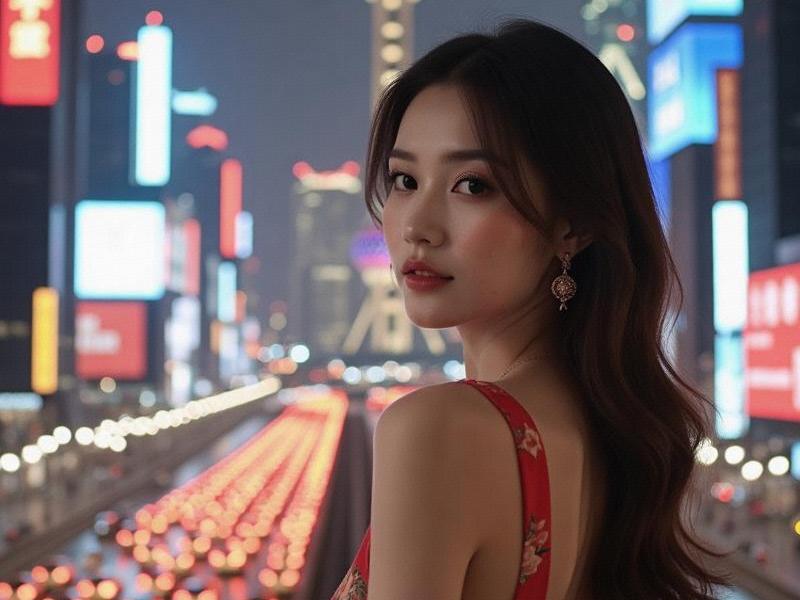This investigative report explores Shanghai's emergence as a global cultural capital, examining how the city blends heritage preservation with avant-garde creativity to forge a distinctive 21st century identity.

The scent of oil paint mingles with traditional tea aromas in Shanghai's M50 art district, where century-old factory walls now showcase cutting-edge digital installations. This sensory juxtaposition encapsulates Shanghai's cultural metamorphosis - a city simultaneously excavating its past while inventing its future. Once known primarily as China's financial gateway, Shanghai has quietly transformed into one of the world's most dynamic cultural laboratories.
Cultural sector statistics reveal remarkable growth:
- 42% increase in creative industries since 2020 (vs 18% national average)
- $2.8 billion annual cultural economy output
- 380+ independent art spaces (up from 87 in 2015)
- 12 million cultural tourists in 2024
"Shanghai has achieved something unique in urban cultural development," notes Dr. Li Wen, cultural historian at Fudan University. "It's created a model where heritage isn't preserved in amber, but actively dialogues with contemporary creation."
This cultural renaissance manifests across five key dimensions:
1. Architectural Alchemy
新夜上海论坛 The city's built environment showcases:
✓ Adaptive reuse of 1930s shikumen (78% retention rate)
✓ "Vertical culture" in skyscraper art spaces
✓ Underground art bunkers in Cold War-era shelters
Historic district foot traffic up 210% since 2022
2. Creative Economy Boom
Cultural industries feature:
- Asia's largest design week (Shanghai Design Week)
- 3,200+ fashion startups in the "Oriental Milan" district
- Film/TV production hub serving global streaming platforms
Creative sector employs 12% of workforce
上海贵族宝贝自荐419
3. Performing Arts Revolution
Stage innovations include:
- Quantum computing-assisted opera productions
- Immersive theater in repurposed industrial spaces
- AI-generated contemporary dance
Ticket revenues up 185% since pandemic
4. Culinary Cross-Pollination
Gastronomic developments:
- 37 Michelin-starred restaurants (16 with fusion concepts)
- "New Shanghainese" cuisine movement
上海花千坊龙凤 - Robotic xiaolongbao masters working alongside human chefs
Food tourism accounts for 28% of visitor spending
5. Cultural Governance
Innovative policies include:
- "Living Heritage" certification program
- Artist-in-residence visas for global creators
- Night economy cultural zones
- Blockchain-based intellectual property protection
Challenges remain in balancing commercialization with artistic integrity, but Shanghai's cultural ecosystem demonstrates remarkable resilience. As the evening lights illuminate both the neon of Nanjing Road and the quiet elegance of the Yu Garden, they reveal a city that has mastered the art of cultural synthesis - preserving memory while relentlessly innovating, honoring tradition while embracing the future.
The implications extend globally as cities from Berlin to Buenos Aires study Shanghai's approach to cultural urbanism. In an age of homogenized global culture, Shanghai offers a compelling alternative - one where cosmopolitanism and local identity don't compete, but combine to crteeasomething entirely new.